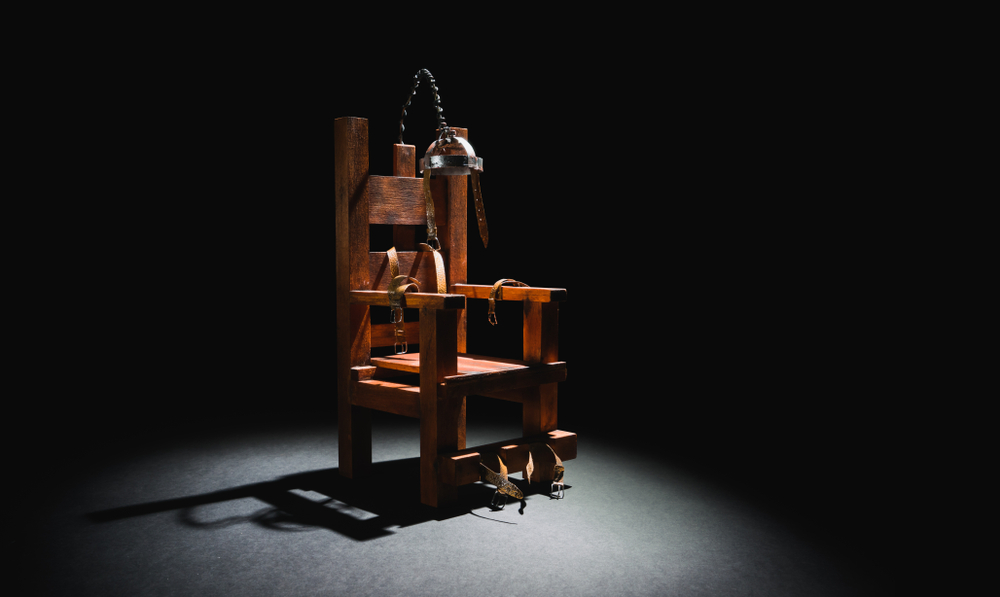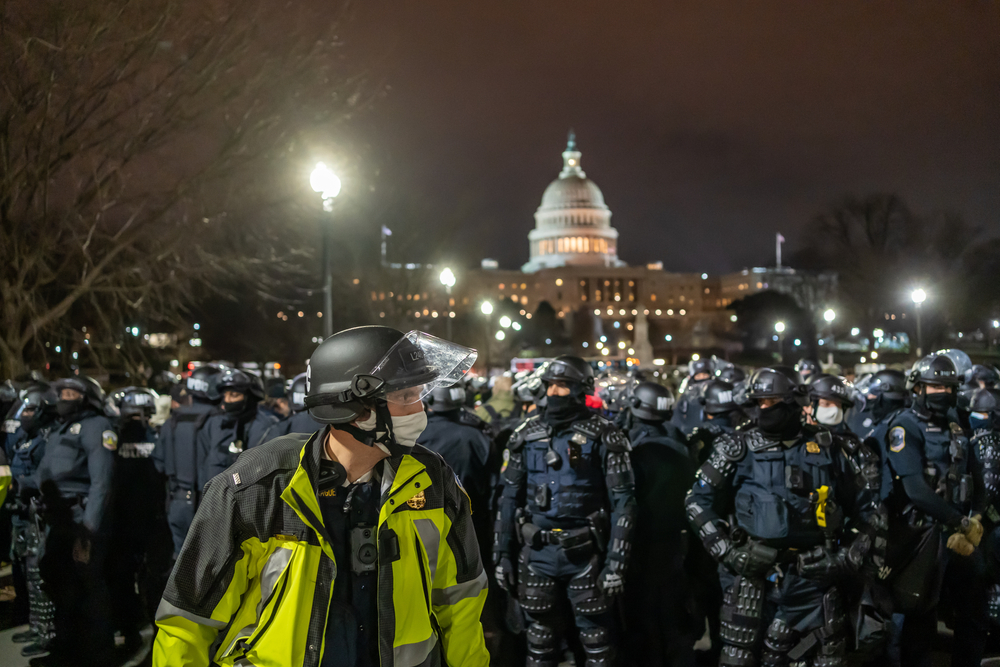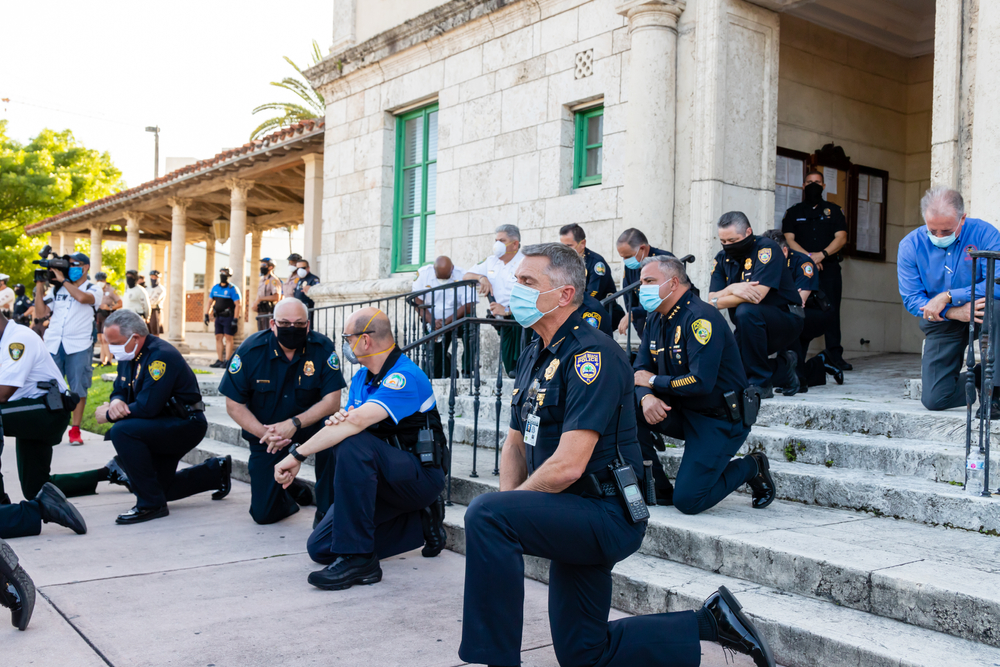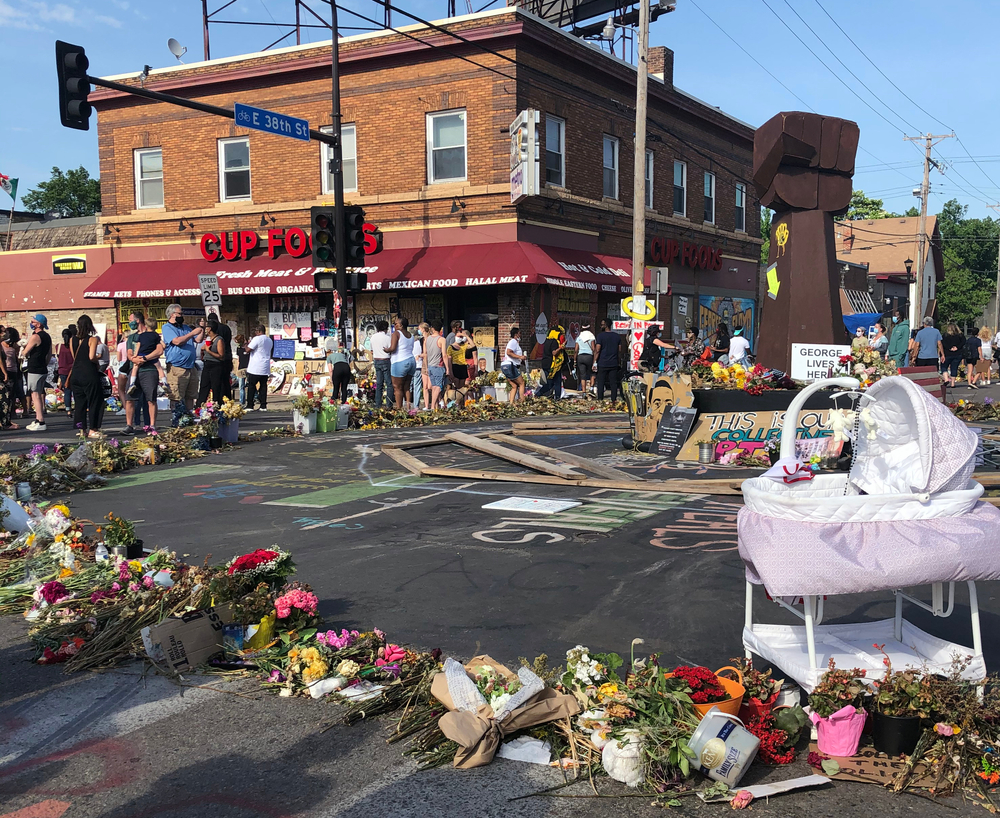The death penalty: Emotion, numbers and the law collide
Lisa Marie Montgomery is 52 and mentally ill, living on a cocktail of psychotropic drugs that only occasionally help her recognize the reality of her federal prison cell.
She is also the only woman — the first in nearly 70 years — to face an imminent federal execution.

Her scheduled death day, Dec. 8, at the U.S. Penitentiary in Terre Haute, IN, has been temporarily stayed by a federal judge to allow her lawyers to pursue a clemency petition.
Montgomery is among 2,620 people currently sitting in state or federal prisons awaiting execution, according to CNN. If her sentence is carried out, she will join the 1,526 people executed over the past 50 years in the U.S., according to the Death Penalty Information Center, a national nonprofit organization.
Most of these people are guilty but some are not. Consider that in the past 30 years more than 130 men and women convicted of murder have been found to actually be innocent.
RELATED: Is coronavirus the new death penalty in America’s prisons?
RELATED: The Presidential Pardon has a long history, but Trump has changed it
The debate over the death penalty is fraught with emotion and legal argument.
The American Civil Liberties Union says, “The death penalty system in the US is applied in an unfair and unjust manner against people, largely dependent on how much money they have, the skill of their attorneys, race of the victim and where the crime took place.”
Conservative thinkers disagree. The late Charles Krauthammer, a Pulitzer prize winner, wrote in 2018 “The most powerful case in favor of capital punishment is the claim of justice: Some crimes are so heinous that the only proportionate punishment, the only fitting retribution, is death.”
According to a 2017 Gallup survey, 55 percent of Americans support the death penalty. That support grew another point in 2019.
Montgomery’s story
Montgomery faces the death penalty for a horrific murder committed in 2004 when she killed Bobbie Jo Stinnett by cutting her 8-month-old fetus out of Stinnett’s womb to claim the living baby as her own. Her lawyers, Kelley Henry and Amy Harwell, maintain the murder occurred in the midst of a psychotic episode.
After U.S. Attorney General William Barr ordered Montgomery’s execution in October, her lawyers filed a now-successful motion asking the U.S. District Court for the District of Columbia for a temporary injunction.
On their last visit with Montgomery in October, they found her in a suicide cell barred from wearing underwear, “distraught” and in a “severe” state of deteriorated mental health, and without access to her mental health professionals because of the coronavirus.
Their motion described how Montgomery had been a victim of “rape, incest, and child sex trafficking” and how they personally had contracted COVID-19 as a result of their visit to the prison. Still recovering from the virus, her lawyers say they have been prevented from adequately defending Montgomery.
The lawyers argued that her death date should be lifted so that she could receive the legal and mental health assistance she needs to understand and participate in her defense and ensure that her death penalty is done according to the “civilized standards” required by the Eighth Amendment of the U.S. Constitution.
Citing her mental illness, her lawyers, as well as current and former prosecutors, also have sent letters and a petition to President Donald Trump asking him to save her life by commuting her death sentence to life without parole.
Dozens of people are awaiting execution
Barr’s October execution order also scheduled the death of Brandon Bernard, 40, who had been convicted of the 1999 murder of two youth ministers, Todd and Stacie Bagley, at Fort Hood in Texas. His death sentence was upheld on appeal and subsequently by multiple courts. Bernard’s accomplice in the murder, Christopher Vialva, was executed in September.
Currently, there are 54 people awaiting federal execution in the U.S., according to the Death Penalty Information Center. Since 1988 when the federal death penalty was reinstated, only six people have been executed. Just this year, there have been 27 people executed by states in this country, the center says.
Last year, 22 people were executed in the U.S. They were among 34 people sentenced to the death penalty that year, according to a CNN report. By January this year, there were 2,620 people, including 53 women, sitting in death row cells across the country.
Since 1976 when the U.S. Supreme Court reinstated the death penalty, 16 women and 22 juveniles — children— have been executed. The latter practice was declared unconstitutional in 2005.
Application of the death penalty has evolved
A recent study published by American Politics Research reports that use of the death penalty in the U.S. has been declining, especially over the past 20 years as wrongful convictions have been exposed.
Some states bar the death penalty, opting instead for life in prison without parole. States that recently abolished the death penalty — New Mexico, Colorado, Illinois, Maryland, Connecticut and New Hampshire— are among 20 other states that have abandoned the practice.
Most executions today are done through lethal injection, but some states have authorized other methods, as well, including electrocution, lethal gas, hanging, nitrogen hypoxia or firing squad.
Court battles over the death penalty
The U.S. Supreme Court has gradually limited imposition of the death penalty in the U.S.
For example, in 2002, it abolished the ultimate penalty for the mentally ill and/or mentally impaired, and three years later banned the practice for juvenile offenders. Also in 2002, the court barred judges from imposing death sentences, instead requiring juries to make that decision. In 2008, child rape not involving death of the child was also eliminated as a death-qualifying crime.
Perhaps one of its most significant rulings occurred in 1972 when the Court declared the death penalty was unconstitutional because it was “cruel and unusual,” violating the Eighth and 14th Amendments.
However, the court would change its mind four years later when it reinstated the death penalty, provided a second jury trial was used to impose the sentence. Both decisions were based on Georgia death penalty cases.
Subsequently, the Court has fine-tuned use of the death penalty, variously declaring that juries should be allowed to consider lesser offenses, that the murder must involve a specific aggravating factor, that the penalty can be levied against participants in the underlying crime.
Most recently, last year the Court ruled in a 5-4 decision that although the Eighth Amendment forbids cruel and unusual methods of capital punishment, it does not guarantee a painless death.
State supreme courts have also ruled against the death penalty. In 2016, the Delaware court ruled that the state’s death penalty violated the Sixth Amendment to the Constitution. Two years later, the Washington Supreme Court struck down that state’s death penalty, ruling it had been “imposed in an arbitrary and racially biased manner.”
Investigations free hundreds of wrongfully convicted people
Not everyone on death row is guilty of a capital crime or deserving of execution. Since 1976, 294 people have been granted clemency..
Mistakes are made — since 1973, more than 170 people were exonerated after being wrongfully convicted and sentenced to death, according to the Death Penalty Information Center.
Robert DuBoise, who spent 37 years in a Florida prison, is one of the more recently exonerated death row inmates. He had been sentenced to death by his trial judge and spent three years on death row before the Florida Supreme Court vacated his death sentence, instead changing it to life in prison. He was released in August after DNA testing proved he had not committed the 1983 rape and murder of a 19-year-old woman as originally charged.
DuBoise was a client of the Innocence Project, a nonprofit founded in 1992 by Peter Neufeld and Barry Scheck at the Cardozo School of Law in New York City. The group’s stated mission is “to free the staggering number of innocent people who remain incarcerated, and to bring reform to the system responsible for their unjust imprisonment.”
Another client, Jaythan Kendrick, fought for more than 25 years to prove his innocence. This month, newly discovered witnesses and DNA evidence led to the overturning of his conviction for a 1995 murder. He is now a free man.
The Innocence Project’s first exoneration occurred in 1989 and since then the organization has helped free an additional 374 people from prison, including 130 people wrongfully convicted of murder.
Today, there are 69 affiliated organizations worldwide that have joined to provide free legal and investigative services to people trying to prove their innocence. The Innocence Network has helped 2,662 people achieve exoneration over the past 31 years. Together, these people had spent a combined 23,770 years in prison for crimes they did not commit.
















